Top Mini Drones Of 2017: An In-Depth Review
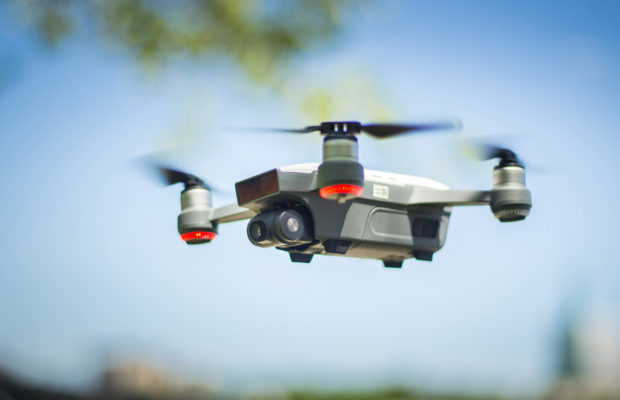
Selfie sticks and smartphones are a thing of yesterday when it comes to taking selfies. If you want to take a proper selfie today, mini drones are what you really need.
Drones are simply conquering the sky. Around 4 million aircraft were sold to private consumers last year. Civilian drones have become a billion-dollar market within a short time. They are among the hottest gadgets at the moment. Dozens of different models can be found in online stores. Most have four rotors, some six, others even eight. Some look like futuristic spaceships, others like techno-dragonflies.
However, what really is a major hit currently in the industry are mini drones with selfie functionality. This type of drone is built with the sole purpose of capturing selfies and videos of the user. Their main advantage over the selfie stick, is the simple fact that your hands are completely free when you use it. So with a selfie drone you can do whatever you like while the drone flies around in the air, and records everything. Seeing the potential of mini drones, and what they can offer to customers in terms of taking selfies, drone manufacturers have released their own respective models. You will find many different drones with selfie functionality, but some of them have the best features. In this article, we will be reviewing five of the best mini drones available at the moment.
JJRC H37 Elfie
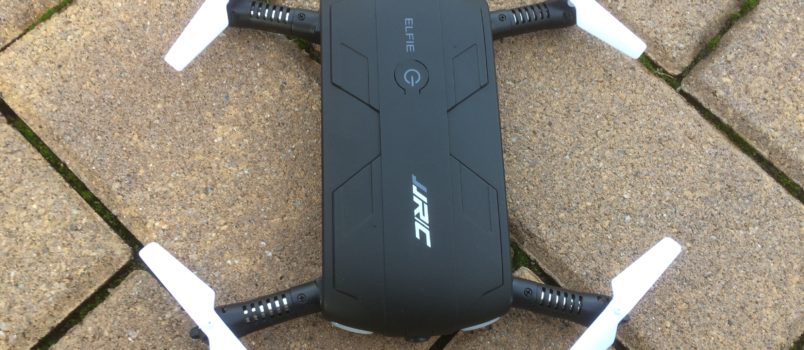
The Kickstarter campaign of the Dobby Quadcopter was a complete success, but the price of the drone also frightened many potential users with selfie needs. With the H37 Elfie, JJRC offers a much more affordable choice. The foldable mini-drone can be bought from for little less than $100 at online shops like MyMobile Gear.
The JJRC H37 Elfie drone comes in a small cardboard box. In addition to the drone, a battery, as well as a suitable USB battery charger for the PC, is included. Furthermore, the manufacturer has added four spare rotor blades of the pack. Of course, the manufacturer also provides a small user manual in English, where you will also find the corresponding download links for the remote control app.
Let’s start with the technical data of the small foldable selfie friend: The Elfie drone weighs only very light 70 grams including battery. Despite the low weight, a small 480p camera is actually installed in it, as well as an integrated barometer to automatically keep the altitude. The enclosed lithium-polymer battery achieves a flight time of approx. 7 minutes.
GPS or other gadgets like obstacle detection or storage of the selfie or video on microSD cards are not available. To fly the H37 Elfie you do not need to carry a separate radio remote control – an Android or iOS-based mobile device like smartphone or tablet is quite enough.
Before you can start with the flying of the small drone at all, the “JJRC” app has to be downloaded from the Android or iOS AppStore. The download links to this can also be found in the user manual as QR codes.
Before the first flight you should also charge the battery. To do this, simply plug the USB adapter into a free USB port on your computer and then connect the flight battery to it. According to the manufacturer, the loading time is up to 1.5 hours.
To take off with the little drone for the first time, you first have to install the flight battery into the drone. To do this, simply push the battery flap with a little pressure forward and then insert the flight battery. On your smartphone or tablet, you should also have installed the “JJRC” app.
The H37 Elfie can be put into operation with a single push on the power button located on top of the drone. Place this now on the ground and look in the WLAN settings of your smartphone for an open “JJRC” WLAN network. After successful connection, you can now switch back to the official JJRC app and display the live image of your drone using the “Connect” button.
The rotors can be started with the “arrow up” button, then slowly pull the left controller surface up with the finger to lift with the copter.
Elfie can be automatically landed at any time with the “down arrow” button. In addition, an emergency stop button is used to pull Elfie directly out of the sky (with corresponding consequences for the drone, if the altitude is too high).
During the flight, selfies can also be recorded as videos, wherein the files are stored directly on the smartphone. Any possible interference with the WLAN transmission is also recorded. By the way, if the Elfie drone loses the connection to your smartphone, it automatically starts to descend from the air.
The compact JJRC H37 foldable drone can convince many selfie fans with its great quality and very affordable price. This sweet selfie drone can fly quickly and easily after only a short familiarization period.
DJI Mavic Pro
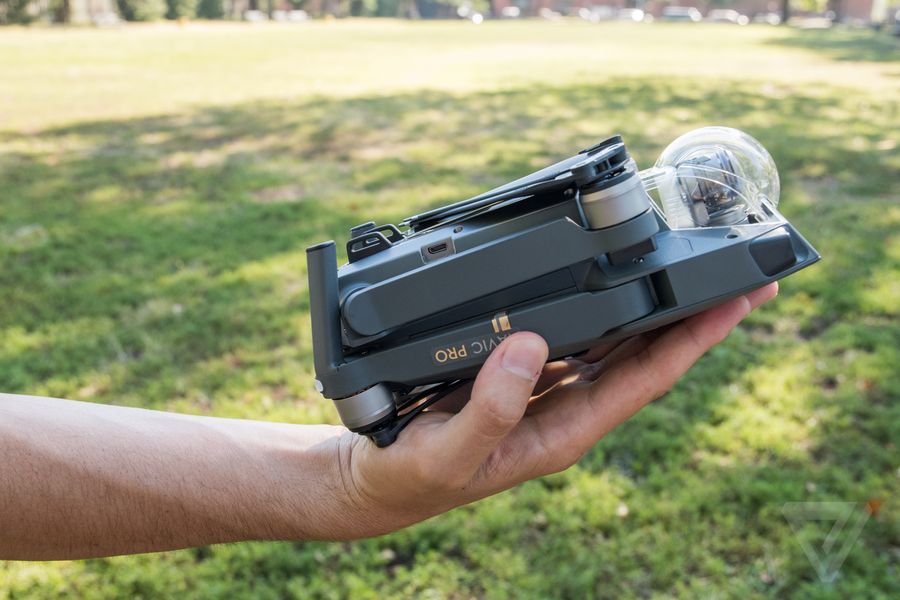
While smartphones increase in size, drones become more compact. The DJI Mavic Pro weighs 743 grams, it can be held with one hand (it’s not heavy) and shoved into the backpack, thanks to its foldable design. Against the backdrop of Phantom 4, it’s just miniature, it’s 2 times smaller and lighter!
Despite the very compact dimensions and low weight in the drones, all the latest developments, systems and solutions from DJI have been implemented. The drone is in no way inferior to the older Phantom drones, while it is several times smaller, more compact and technologically advanced, and in some cases offers more options – WiFi control and gesture control. You can safely say, without embarrassment that DJI Mavic Pro is simply an outstanding product and an ecosystem that has no analogues. Once again, DJI set new standards and new heights in the selfie world.
The characteristics were not affected: there are a lot of sensors (5 cameras, 2 ultrasonic rangefinders). The Mavic Pro drone can fly past obstacles, it follows objects, flies in the premises and knows how to land on its own.
The camera is the same as in Phantom 4: it records 4K @ 30fps video, it takes 27 minutes to charge, it’s almost equal to the older brother, flying at speed of up to 65 km/h. And unlike Phantom 4, it can stream video in 1080p in social services like YouTube, Periscope and Facebook, and the range has increased from 5 to 7 km. Now the drone supports the management of gestures, and the remote was made smaller with an additional screen added.
For Mavic Pro, DJI has developed a more advanced video transmission system, which provides a stable flow of 1080p at a distance of up to 7 km, constantly scanning and selecting the best in quality transmission radio frequency! The Mavic’s control panel has a small LED screen that displays flight altitude, air temperature and flight mode.
You can also use it without a phone, where the selfie from the camera is displayed. In addition, the drone works without a physical remote control, just an application on the smartphone will help you to take off, land, and fly forward. You can attach a smartphone to the console, and receive video broadcasts to it. In general, you can perform basic functions, but without any aerobatics. In this case, the broadcast will be on Wi-Fi, and its range is about 100 meters.
This great drone costs $999, if you buy one without a remote control, which is a good offer for owners of the “big” Phantom.
The Mavic Pro can also be used with the DJI Goggles, where you can see the picture from the camera of the drone on two Full HD screens.
DJI Spark
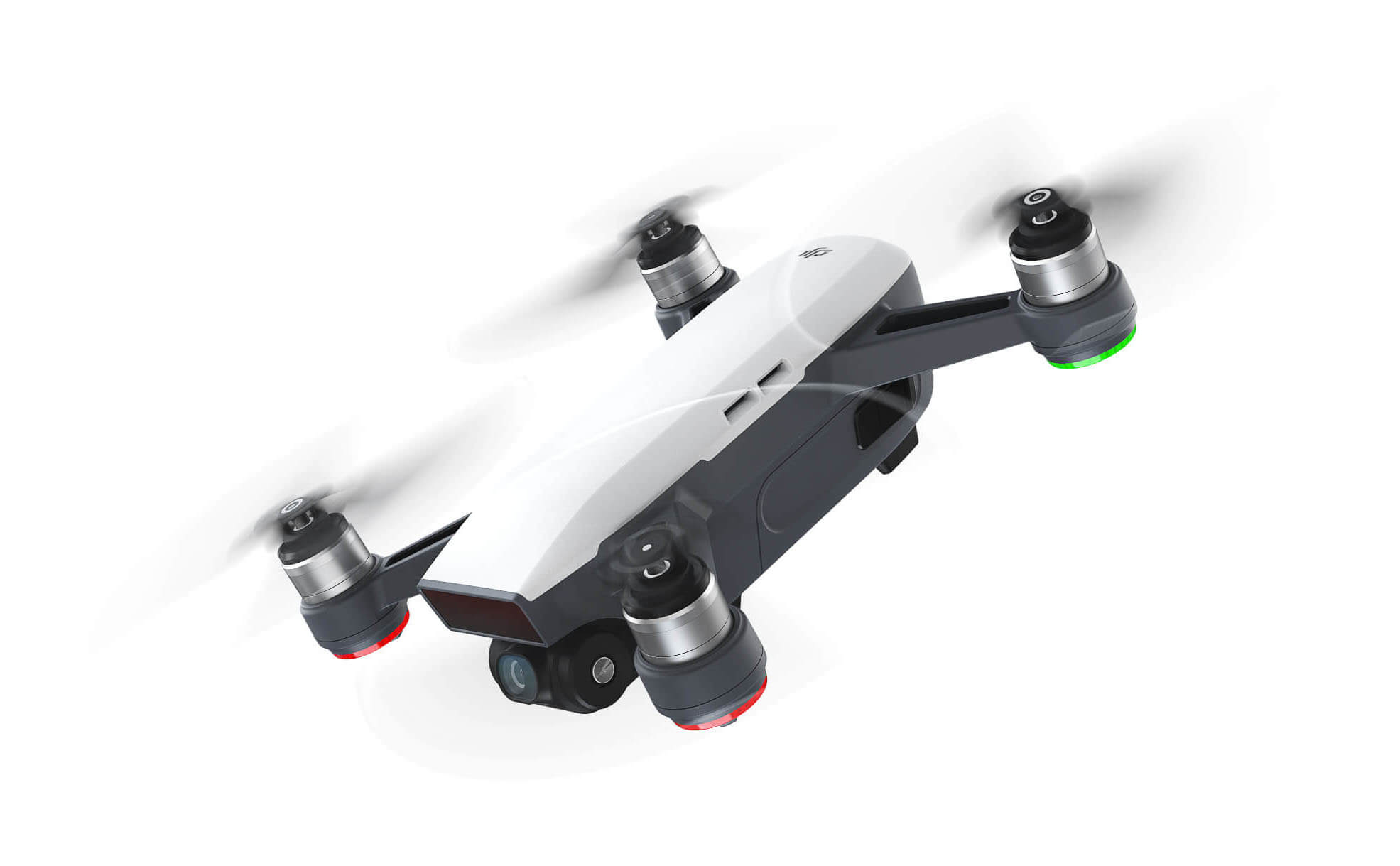
After some rumors about a new DJI drone have recently appeared, the Chinese manufacturer finally announced the official introduction of the foldable DJI Spark drone for selfies. The new drone for selfies is again considerably smaller than the Mavic Pro and weighs only 300 grams. But the most interesting thing about DJI Spark is its intelligent control with the help of gestures.
Technical Specifications
The new copter with the 1480 mAh battery provides a maximum flight time of 16 minutes. For remote control, you can use either gestures, the smartphone or a separately available remote control. The maximum speed in Sports mode is at up to 50 km / h, the optical position determination works up to a height of 30 meters, while the range of the separate remote control is maximally 2 kilometers.
The DJI Spark can have GPS and GLONASS as sensors, and the drone can also detect obstacles within 5 meters.
The fact that this small drone is mainly aimed at hobby pilots, one clearly notices the installed camera. Instead of a 3-axis gimbal, only a 2-axis gimbal was installed, and videos can only be recorded in Full HD with a maximum of 30 fps, you can make a selfie with scarce 12 megapixels.
As with the other DJI drones, a microSD card is used as the storage medium, a micro USB connection for data transmission and firmware updates have also been installed.
On the front side behind the black plastic is also an anti-collision system, on the underside are also installed appropriate sensors. In addition, GPS and barometers are integrated into the compact foldable drone. With a complete setup, DJI Spark weighs just 300 grams, which makes it very easy to carry anywhere you go and take selfies.
The new DJI Spark can be controlled using a special controller, a mobile device, a virtual reality helmet or, as mentioned above, gestures. For example, the drone can scan your face and follow you, and if you waved with both hands, it slowly sinks to your outstretched hand. Also with the help of gestures, you can control the movement of the drone in the air or take a selfie with the effect of depth of field. Like other models of this company, DJI Spark is equipped with sensors to avoid collisions with obstacles and is able to automatically return to the owner.
On the official DJI website, the DJI Spark can be pre-ordered in the basic package for the current price of $499. In case you need a remote control and an additional battery you can choose the more expensive combo package for $699.
Hover Camera Passport
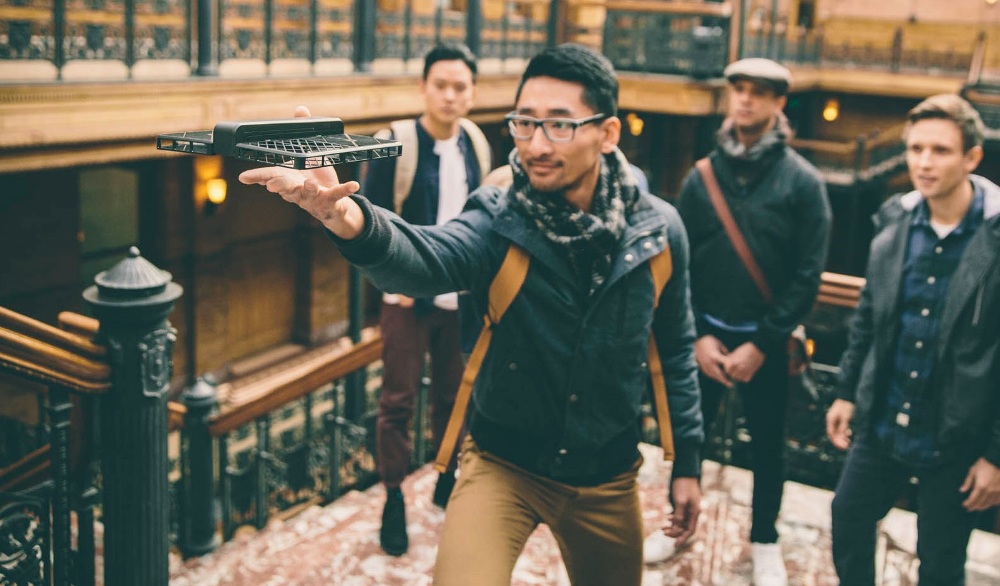
In recent years, drones have developed rapidly, now they have a new era. Instead of having to fully equip each quadcopter with all possible functions, the manufacturers divided them into 3 types – the first can make dizzy maneuvers, the second are convenient for FPV, and third ones, like the Hover Camera Passport, are intended for shooting selfies from the air.
With Hover Camera Passport from ZeroZero Robotics it’s easy to shoot and make good selfies, but what about the rest?
Passport features a foldable design that makes it one of the most portable drones for selfies on the market. It easily fits in a backpack or bag, which means it will always be at hand. A camera with a resolution of 13 megapixels can shoot video in 4K and even has a built-in flash. Camera Passport has image recognition software and a quad-core Snapdragon processor, which allows it not only to keep the object in the frame, but also for its position in space – without the help of GPS.
Among the many offline modes of flight/shooting, in addition to the standard ones like Orbit, there is 360 Panorama for creating panoramic shots at the touch of a button, the Beast Mode is designed to accelerate the drones to shoot fast moving objects.
When the Hover Camera Passport does not fly, it can be folded like a book, all electronics are placed in a very thin case, and a pair of closed propellers acts as “pages”. In this condition, its thickness is only 33 mm, and in size it is like a VHS-cassette. Weight with the battery is only 242 grams.
The foldable design uses carbon fiber, so that blade protection is very reliable, and the probability of an accident is reduced.
More importantly, the owner of the foldable Camera Passport is protected from accidental injuries – you can launch the Hover Camera directly from your hand and even snap in the air, without fear of rotating propellers. This is a significant advantage over other competitive drones.
Flight characteristics of Camera Passport leave much to be desired. The maximum speed is 27 km/h (in manual mode), the range is 20 meters, GPS is absent.
But Hover Camera Passport was created just for the filming, so instead of flying for a longer range, it will persistently follow the owner. Instead of ultra-sensitive manual control, there is an autopilot mode.
Even when tracking a person, there is no need to think about where the camera is aimed – the software will do it all by itself. Passport is completely focused on the autonomy of the flight, its own piloting skills are better to hone on other quadcopters.
All control is via a smartphone, which affects accuracy. You can use two virtual joysticks, if you are accustomed to such controllers, if you want to place the camera in the right place. Finally, you can tie control over the drone to the position of the smartphone – it will follow the device tilting in the air. You can buy this drone for a price of $500.
Wingsland S6
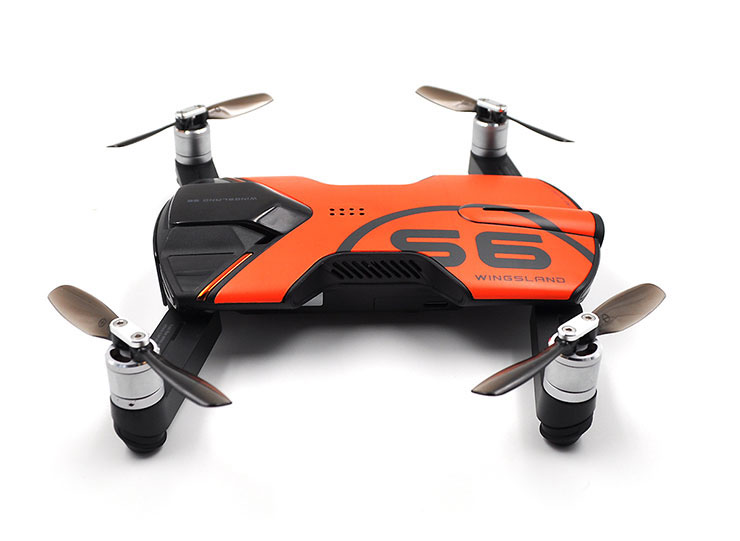
Wingsland S6 will meet a wide range of requirements that customers have in terms of functionality (sharing on social media immediately after the flight) and is thus much more versatile than many competitor drones on the market.
The most remarkable feature of the S6 can rightly be considered the 4 foldable motorized arms and the ultra-slim body. In size, this drone is comparable to the iPhone 6 Plus in a compact design, which greatly simplifies its storage and moving. The novelty, equipped with a 13 MP camera with a low level of distortion, became the world’s smallest 4K drone: its weight along with the battery is only 230 grams, and the thickness is some 26.8 mm.
The model, available in six colors, was developed in conjunction with the fashionable brand MLGB.
Due to the expansion port located at the top of the S6 enclosure, the drone can be equipped with various functional components. The company Wingsland provides users with a choice of three wonderful compatible modules: a toy gun, a searchlight with a display in the form of an emoticon, as well as a module of comprehensive obstacle clearance. Control of the S6 is carried out through a functional application, through which the user can maneuver the drone in various modes of flight. In addition, the drone also has all the features of a typical UAV: intelligent orientation control, auto-rotation to the base, a follow function and the ability to take off / landing by pressing one key.
If the DJI is a “mirror” in the world of drones, the S6 will become known as a “drones-smartphone”. Light, smart, portable, this gadget not only provides all the functions of a standard drone, but also opens additional possibilities with the help of compatible accessories, which makes it look like a flying robot. The price of this great selfie foldable drone is $399.
Now it’s up to you guys to pick a suitable drone and capture breathtaking selfies of you and your friends in all the cool places you go.





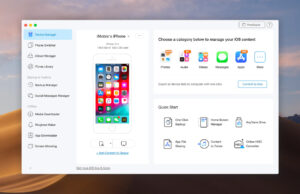







 © 2024
© 2024
0 comments